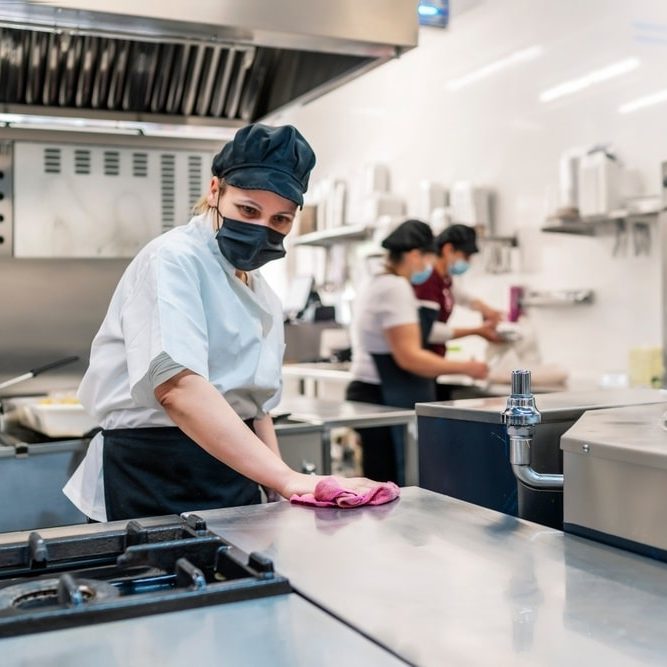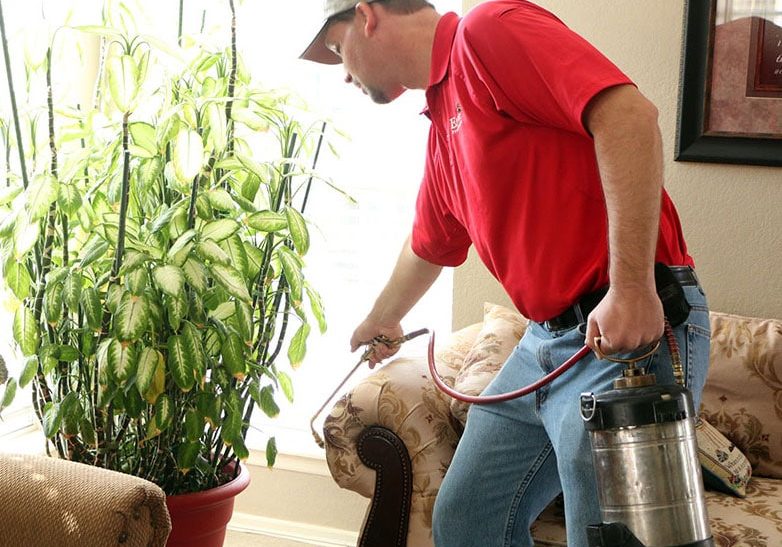Pest control is an essential aspect of maintaining a safe and healthy environment across various industries. Whether you run a bustling restaurant, manage a busy school, or oversee an office building, each setting faces unique challenges when it comes to pest management. The types of pests prevalent in these environments can vary widely, as can the strategies needed to keep them at bay.
In this blog post, we will delve into industry-specific pest control strategies for schools, restaurants, offices, and warehouses. By understanding the challenges faced in different environments, you'll be better equipped to maintain a pest-free space in your business.
Section 1: Pest Control in Schools
Schools are busy places filled with children, food, and high levels of activity—all of which can attract pests. The most commonly encountered pests in schools include rodents, ants, and cockroaches.
Unique Challenges:
-
High Foot Traffic:
With students moving in and out of classrooms throughout the day, pests can easily spread.
-
Food Availability:
Cafeterias and snack areas can attract various pests if not well maintained.
-
Hygiene Considerations:
Ensuring cleanliness while managing the needs of active children adds another layer of complexity.
Pest Control Strategies:
By combining these strategies, schools can create an environment that minimizes pest risks and promotes safety for students and staff alike.
Section 2: Pest Control in Restaurants
Restaurants face some of the toughest challenges when it comes to pest control. Not only do pests pose health risks, but they can also impact a restaurant's reputation and compliance with health regulations. Common pests include mice, cockroaches, and flies.
Unique Challenges:
-
Food Safety Risks:
The presence of pests can lead to food contamination and health violations.
-
Customer Perception:
Even the hint of a pest problem can deter customers and damage a restaurant's reputation.
-
Strict Health Codes:
Restaurants must adhere to stringent health and safety regulations, making proactive pest management essential.
Pest Control Strategies:
1. Establishing a Pest Control Plan:
- Collaborate with a professional pest control service to develop a customized plan.
- Include regular inspections and treatment schedules in your plan.
2. Routine Inspections and Cleaning Protocols:
- Conduct thorough inspections in kitchens, storage areas, and dining rooms regularly.
- Implement strict cleaning protocols, ensuring surfaces are clean, and food is stored properly.
3. Employee Training:
- Educate your staff on food safety practices and pest prevention measures.
- Train employees to identify signs of pests and report them immediately.
4. Traps and Sanitation Measures:
- Use traps strategically throughout the kitchen and dining areas.
- Keep waste bins sealed and remove garbage frequently to eliminate breeding grounds.

By prioritizing pest control, restaurants can maintain compliance and protect their customers’ health while ensuring a positive dining experience.
Section 4: Pest Control in Warehouses and Retail
Warehouses and retail spaces can face unique pest challenges due to their size and the volume of goods moving in and out. Common pests include rodents, insects, and stored product pests.
-
Large Spaces:
The size of these environments makes it easier for pests to go unnoticed.
-
Inventory Management:
Goods stacked and stored can create harborage areas and make inspections more difficult.
-
High Traffic In and Out:
Frequent deliveries and shipments can introduce pests from outside sources.
Pest Control Strategies:
- Proactive Measures for Monitoring:
- Conduct regular inspections in storage areas, entry points, and racks.
- Establishing a Pest Management Plan:
- Develop a comprehensive pest control plan tailored to the specific needs of warehouses and retail.
- Ensure thorough protocols are in place for receiving and storing inventory.
- Using Physical Barriers and Traps:
- Install physical barriers like screens and door sweeps to minimize pest entry.
- Use traps strategically in areas with a high risk of infestation.
- Training and Compliance:
- Provide staff training on pest control protocols and the importance of reporting pest sightings.
- Conduct regular audits and compliance checks to ensure adherence to pest management practices.

These strategies will help maintain a clean and pest-free environment in both warehouses and retail spaces.
Section 5: Importance of Collaboration with Pest Control Experts
Partnering with professional pest control services is crucial across all industries. These experts can provide tailored pest management solutions based on the specific needs of each environment.

Benefits of Professional Help:
-
Customized Pest Management Plans:
Pest control professionals can develop strategies based on unique industry challenges.
-
Expertise and Knowledge:
Trained technicians offer valuable insights into the latest pest control methods and industry trends.
-
Ongoing Training and Support:
Regular collaboration ensures that staff is educated on effective pest prevention practices, keeping your environment pest-free.
At Emtec Pest Control, we are committed to safe and responsible pest control. We understand that your family’s safety is your number one priority, so we make it our priority, too.
If you have any other questions about any of these pests or pest control for your home or business, contact your Oklahoma pest control experts at Emtec Pest Control by calling us or by filling out our online contact form.
